In an age where even Mount Everest has 4G coverage and Antarctic research stations stream Netflix, it might seem like the internet has reached every corner of our planet. Yet scattered across the globe, hidden in mountain valleys, dense forests, and remote islands, there are still communities that have never sent an email or scrolled through social media. These villages aren’t just offline – they’re living proof that human connection doesn’t need Wi-Fi to thrive.
Let’s explore these remarkable places where life moves at its own pace, uninterrupted by the digital world.
Supai Village

Nestled deep in the Grand Canyon, this community of the Havasupai tribe remains one of the most isolated in North America, accessible only by helicopter or an eight-mile hike. Mail still arrives by mule train, following the same steep trails that have served the village for generations.
The community’s 208 residents live alongside stunning turquoise waterfalls, maintaining traditions that predate European contact. Their remoteness isn’t just geographical – it’s a conscious choice to preserve their way of life.
Gásadalur
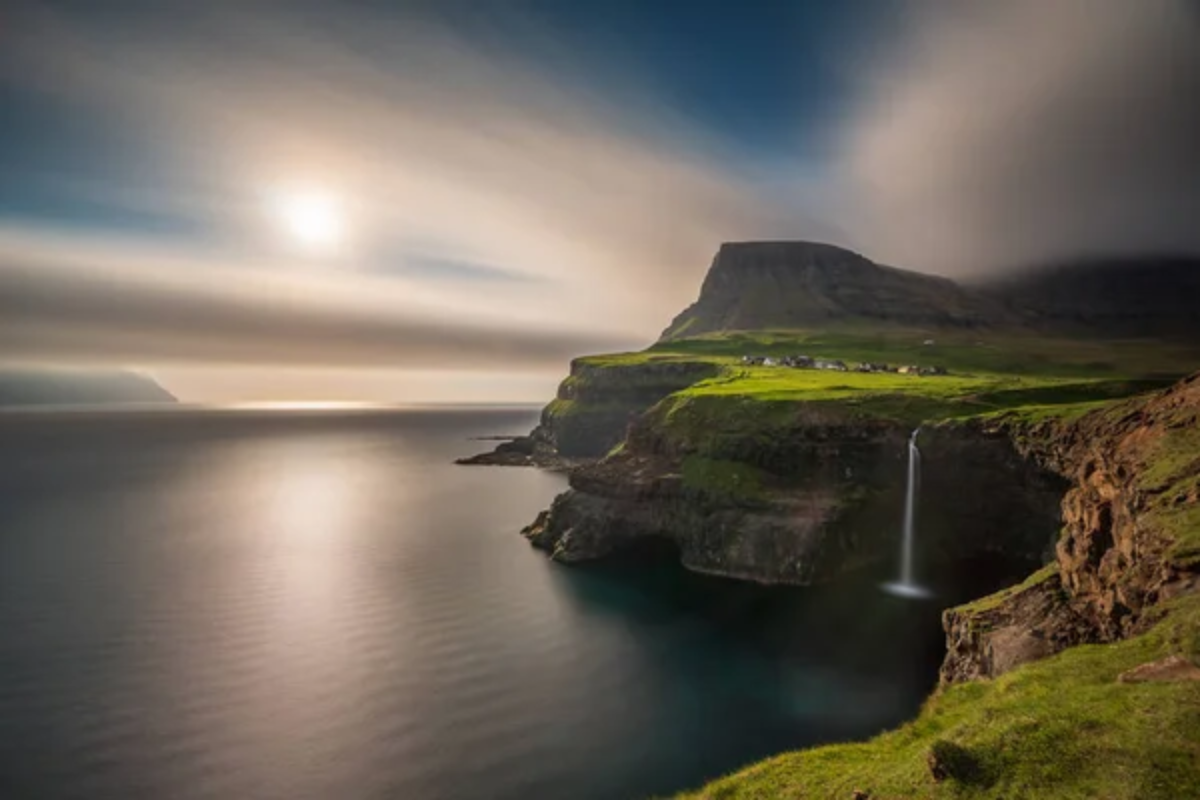
Perched on the edge of a cliff in the Faroe Islands, this tiny village remained connected to the outside world only by a steep footpath over a 1,312-foot mountain until 2004. Today, its 18 residents still experience regular periods of isolation when winter storms make the single-lane tunnel to the village impassable.
The postman’s weekly trek to deliver mail remains a celebrated tradition, marking time in a place where ancient farming practices continue unchanged. The villagers take pride in their self-sufficiency, maintaining sheep farms on precipitous cliff sides the same way their ancestors did centuries ago.
Like Travel Pug’s content? Follow us on MSN.
Ittoqqortoormiit
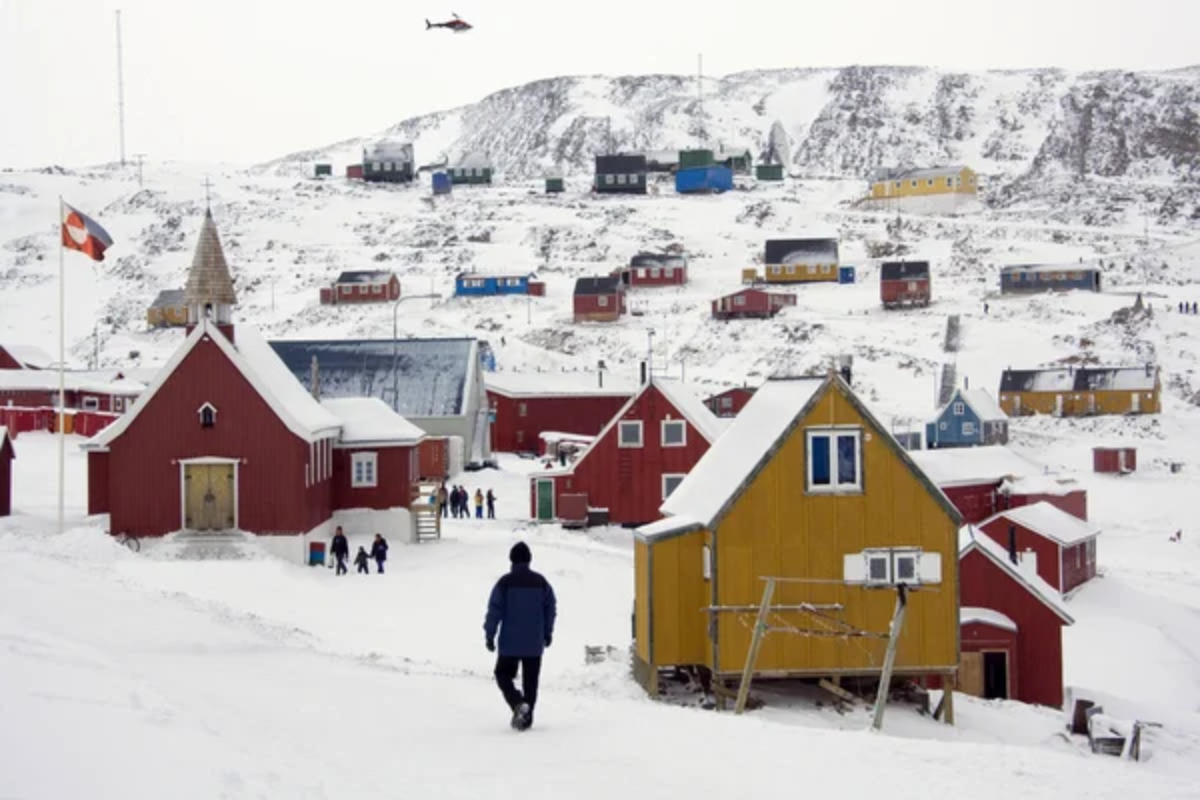
On Greenland’s remote eastern coast, this hunting community of 450 people experiences total darkness for several months each year. The village is surrounded by the world’s largest national park, where polar bears outnumber people.
Supply ships can only reach the community during the brief summer months when the sea ice retreats. Traditional hunting practices remain the primary source of food, with satellite phones used only for emergencies.
Kibber Village
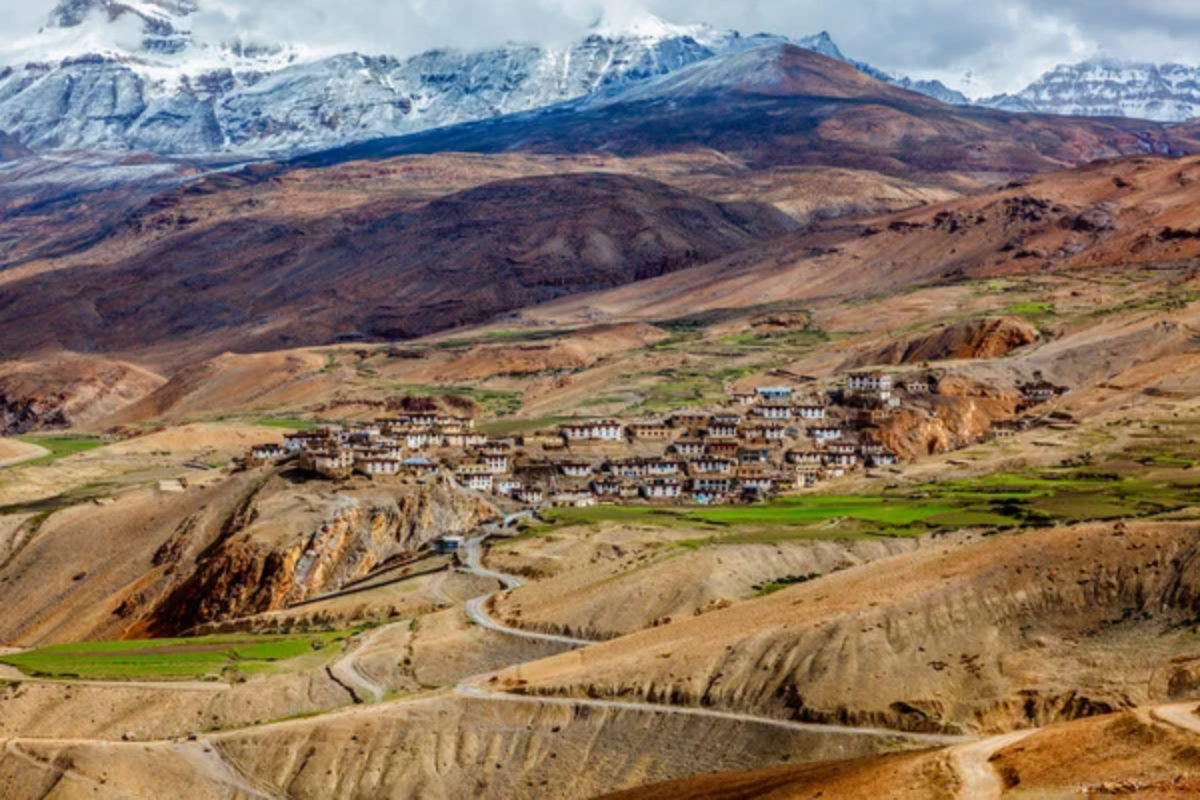
Situated at 14,200 feet in India’s Spiti Valley, this ancient Buddhist settlement claims to be the world’s highest permanently inhabited village with a road connection. The handful of families who live here maintain centuries-old traditions of high-altitude farming and yak herding.
Winter temperatures dropping to -30°F regularly cut off all physical access to the outside world. The monastery’s ancient texts remain the primary source of written knowledge, unchanged by digital influences.
Tristan da Cunha
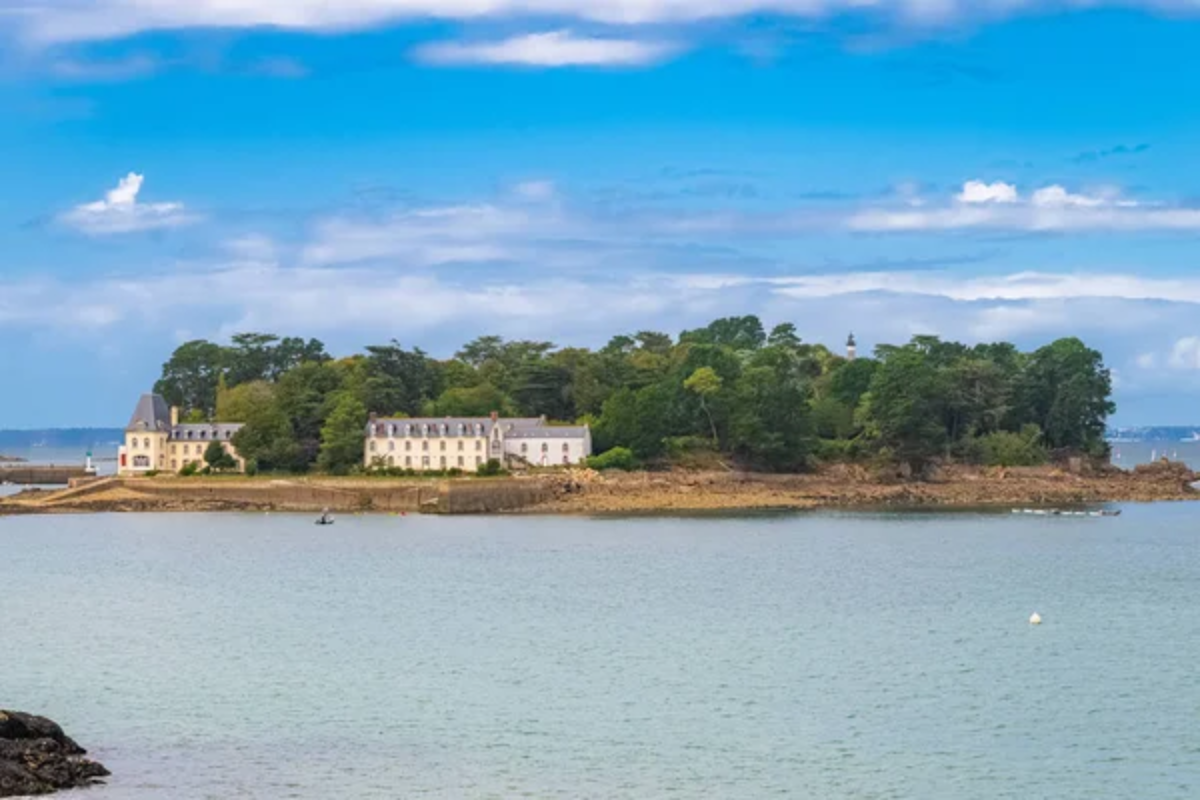
The world’s most remote inhabited island lies 1,750 miles from South Africa, hosting a community of just 245 people. The islanders share only seven surnames among them, descendants of the original settling families.
Their isolation is so complete that supply ships visit only nine times per year, weather permitting. The community operates on a collective farming system that hasn’t changed significantly since the island was first settled in 1816.
Like Travel Pug’s content? Follow us on MSN.
Babai Village
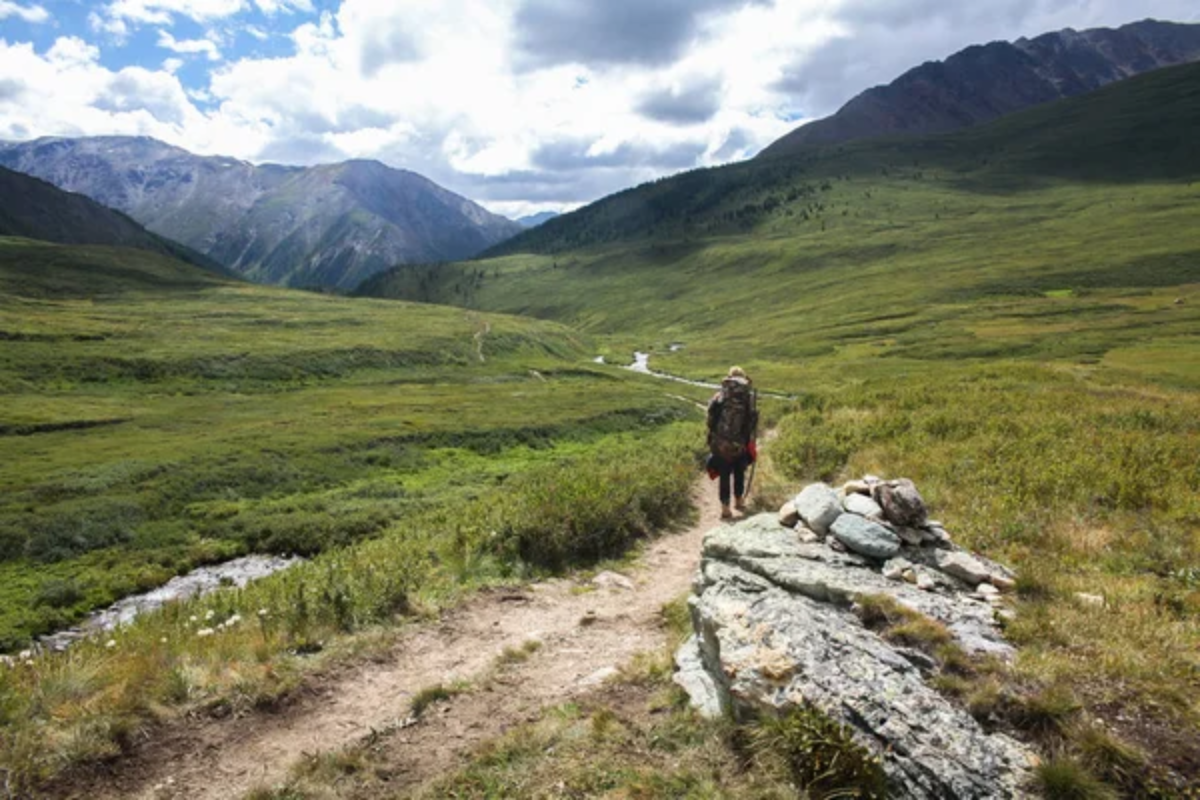
Hidden in Mongolia’s Altai Mountains, this settlement of traditional eagle hunters maintains a way of life that dates back over a thousand years. The village becomes completely cut off during the harsh winter months when temperatures can plunge to -40°F.
Families still communicate across the vast steppes using ancient systems of smoke signals and horse messengers. Knowledge of eagle hunting is passed down orally from generation to generation, preserved through storytelling and practical instruction.
Papikonda
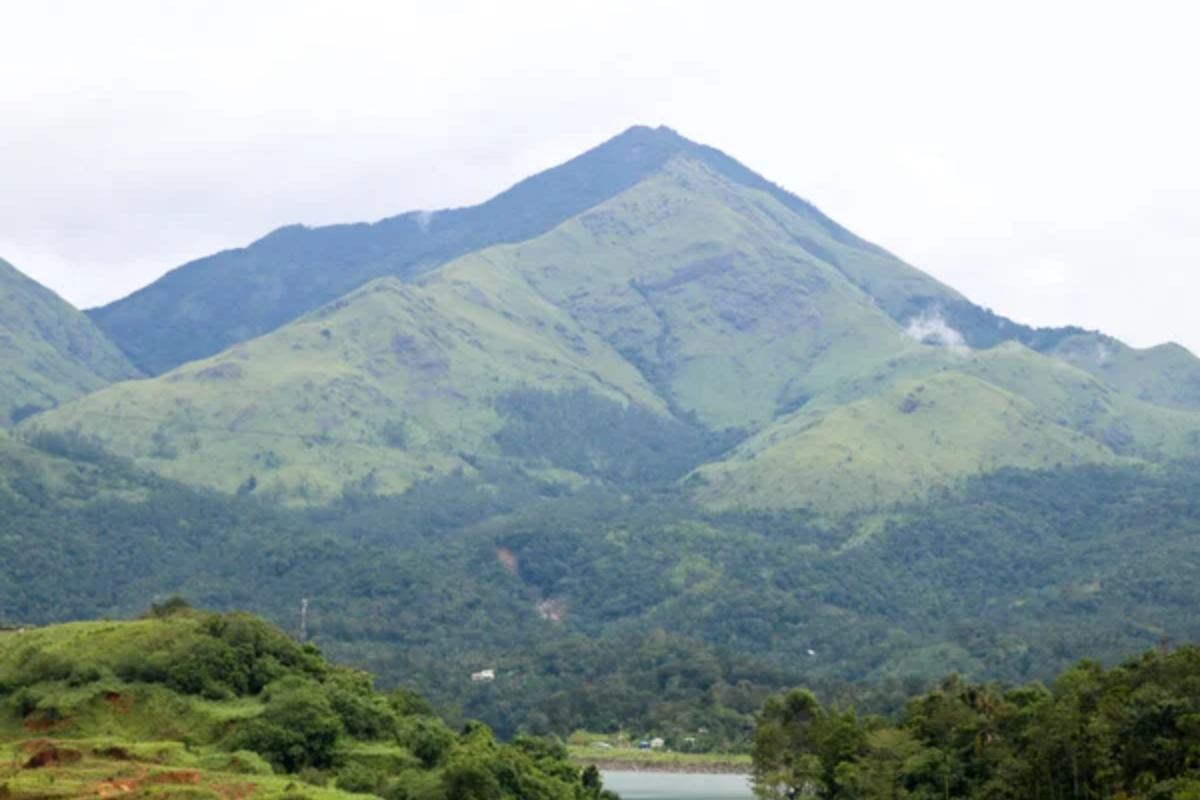
Tucked away in India’s Eastern Ghats mountains, this tribal village exists within a national park where modern development is strictly limited. The community relies on traditional knowledge of medicinal plants, gathering hundreds of species from the surrounding forest.
Ancient drumming patterns still serve as the primary method of long-distance communication between scattered settlements. The villagers maintain a complex system of sustainable forest management passed down through generations.
Kula
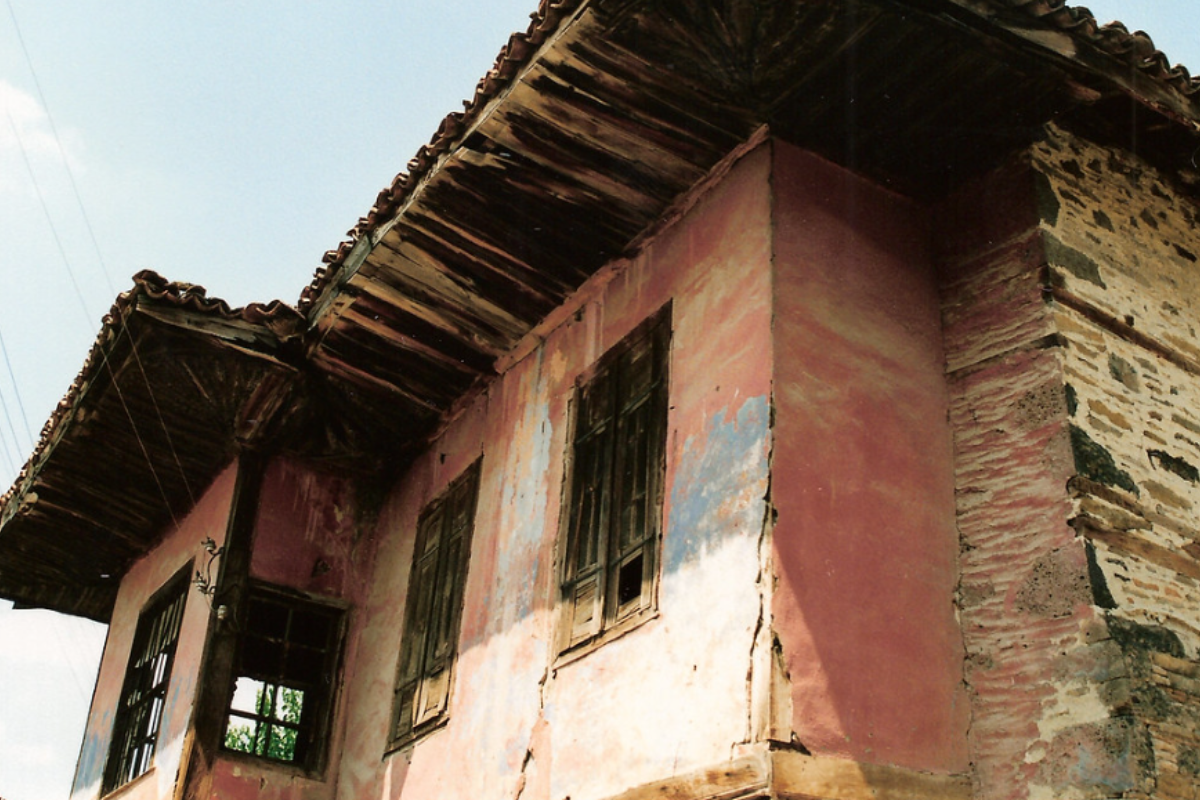
Located in a remote valley of Papua New Guinea’s highlands, this village continues the tradition of counting wealth in pigs and seashells rather than currency. The community practices an intricate system of ceremonial exchange that has remained unchanged for centuries.
Their isolation is reinforced by some of the world’s most challenging terrain, with the nearest road ending many days’ walk away. Knowledge is transmitted through elaborate oral traditions and ceremonial dances.
Like Travel Pug’s content? Follow us on MSN.
Yiaku Village
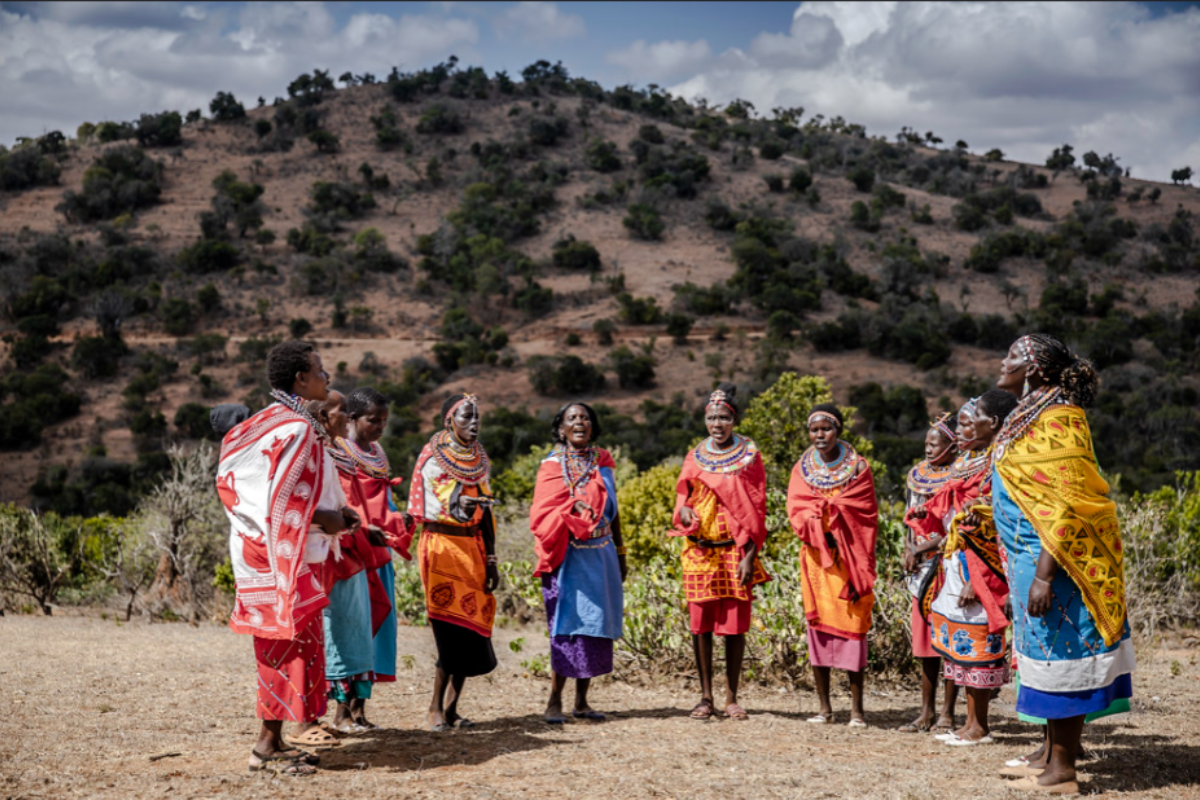
Deep in Kenya’s Mukogodo Forest, this community of forest dwellers maintains ancient traditions of honey gathering and forest conservation. The villagers communicate using a unique whistling language that carries through the dense forest canopy.
Their traditional ecological knowledge encompasses over 200 medicinal plants, carefully documented through oral tradition. The community’s children learn survival skills through direct experience rather than formal education.
Turtuk
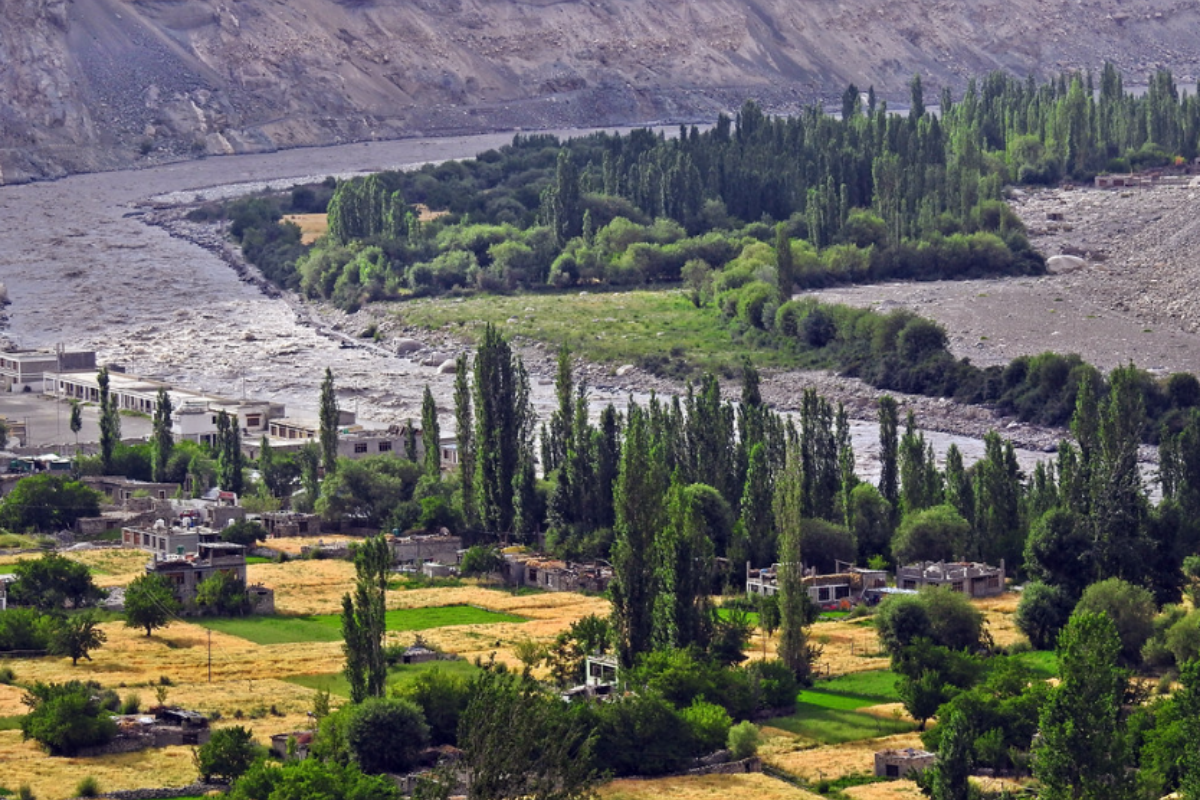
Situated in India’s northernmost region, this village was part of Pakistan until 1971, and its isolation has preserved a unique blend of Balti culture. The community maintains ancient irrigation systems that channel glacial meltwater through a network of hand-carved channels.
Agricultural practices here haven’t changed significantly in over 500 years. The village’s unique position along ancient trade routes has created a rich oral history of travelers’ tales.
Dukha Camp
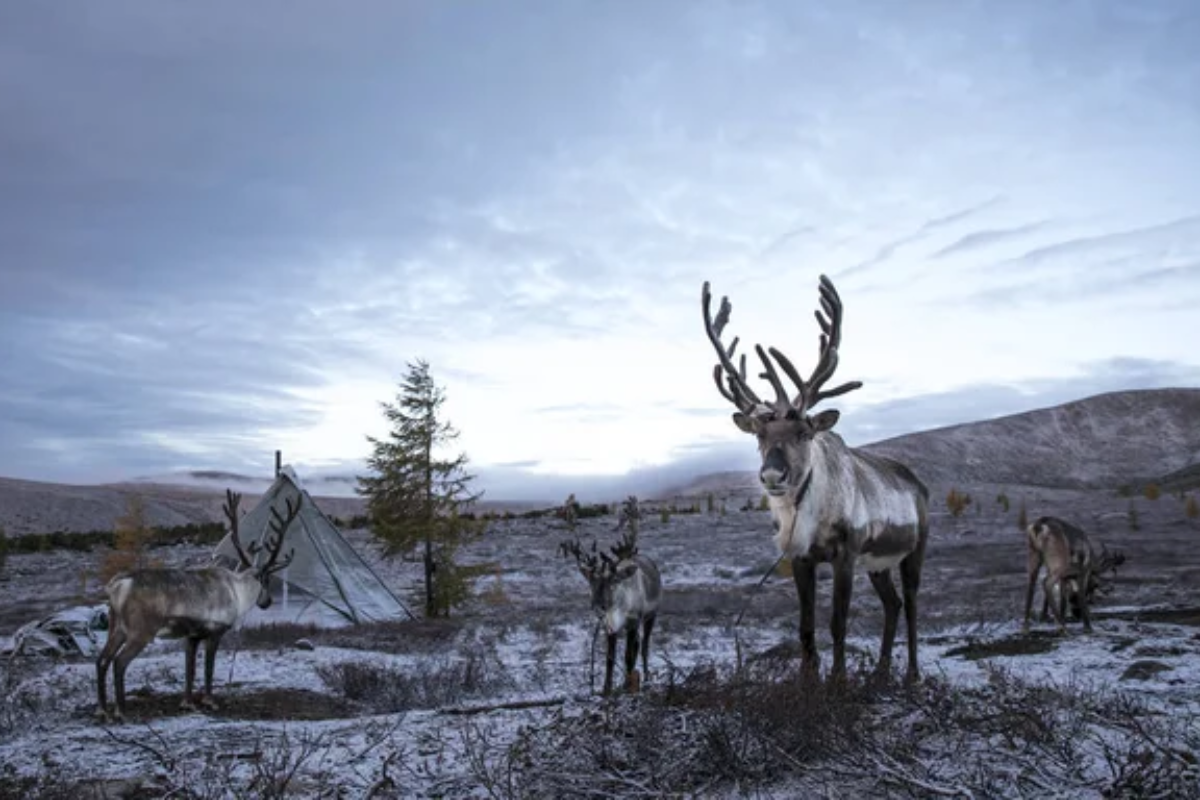
In Mongolia’s northern taiga, this nomadic reindeer herding community moves with their animals through remote forest regions. The families maintain complex knowledge of weather patterns and animal behavior passed down through generations.
Their traditional dwellings, called Ortz, can be assembled and disassembled within hours as they follow seasonal migration routes. The community’s children learn to ride reindeer before they can walk.
Like Travel Pug’s content? Follow us on MSN.
Zanskar Valley
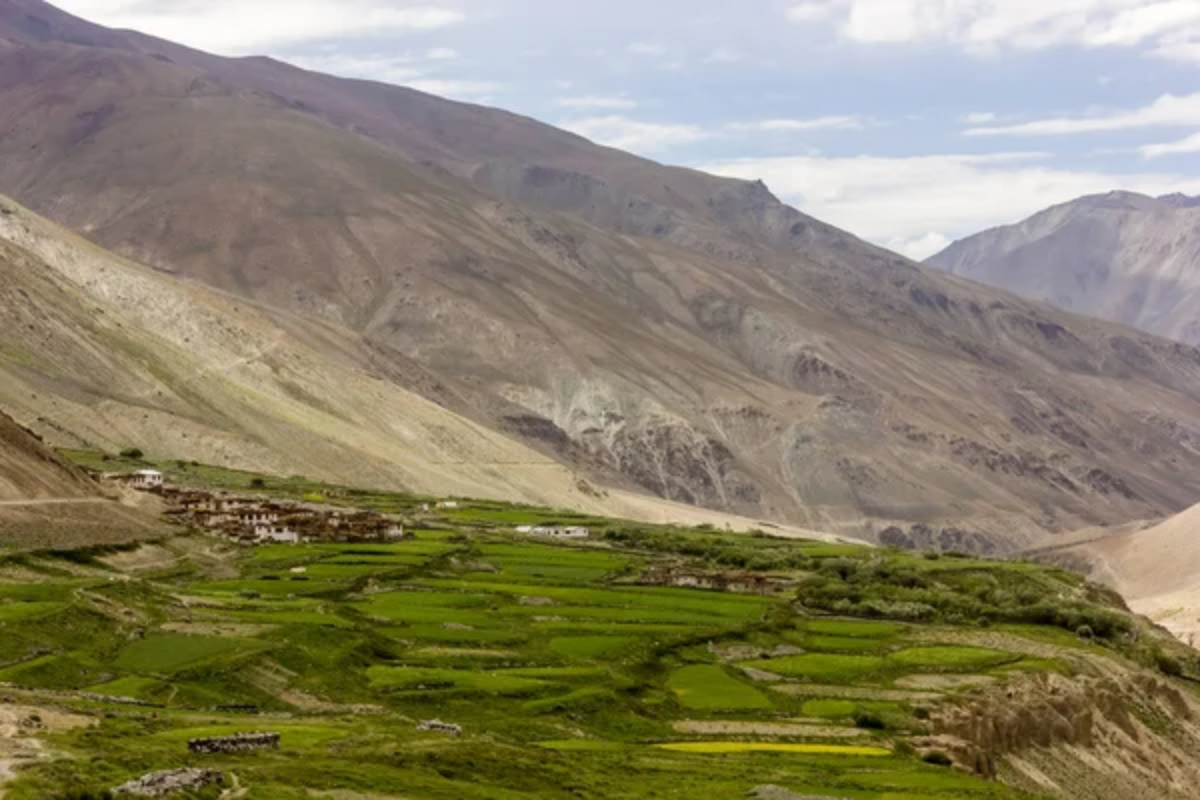
For eight months of the year, this string of villages in the Indian Himalayas is completely cut off by snow. The local monastery maintains one of the world’s last medieval lifestyles, where ancient Buddhist texts are still hand-copied by candlelight.
During winter, children walk for up to a month along the frozen river – known as the Chadar trek – to reach school. The community has developed unique architectural techniques to survive winter temperatures that drop below -40°F.
Qiang Village
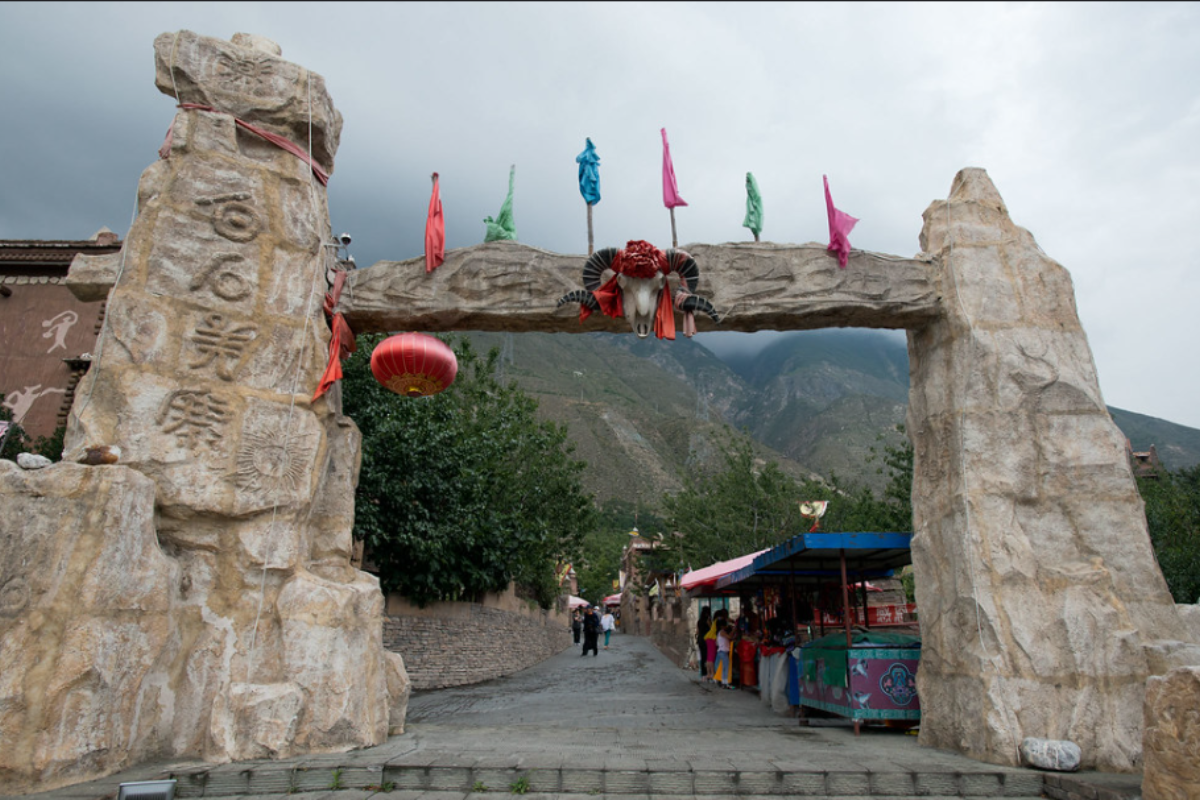
Perched on steep mountainsides in China’s Sichuan province, this community maintains distinctive watchtower architecture that has survived centuries of earthquakes. The villagers practice a unique form of polyandrous marriage, adapted to the harsh mountain environment.
Their distinctive embroidery patterns contain complex mathematical principles passed down through generations. The community’s stone houses are built without nails or mortar, using techniques unchanged for over a thousand years.
Moken Settlement
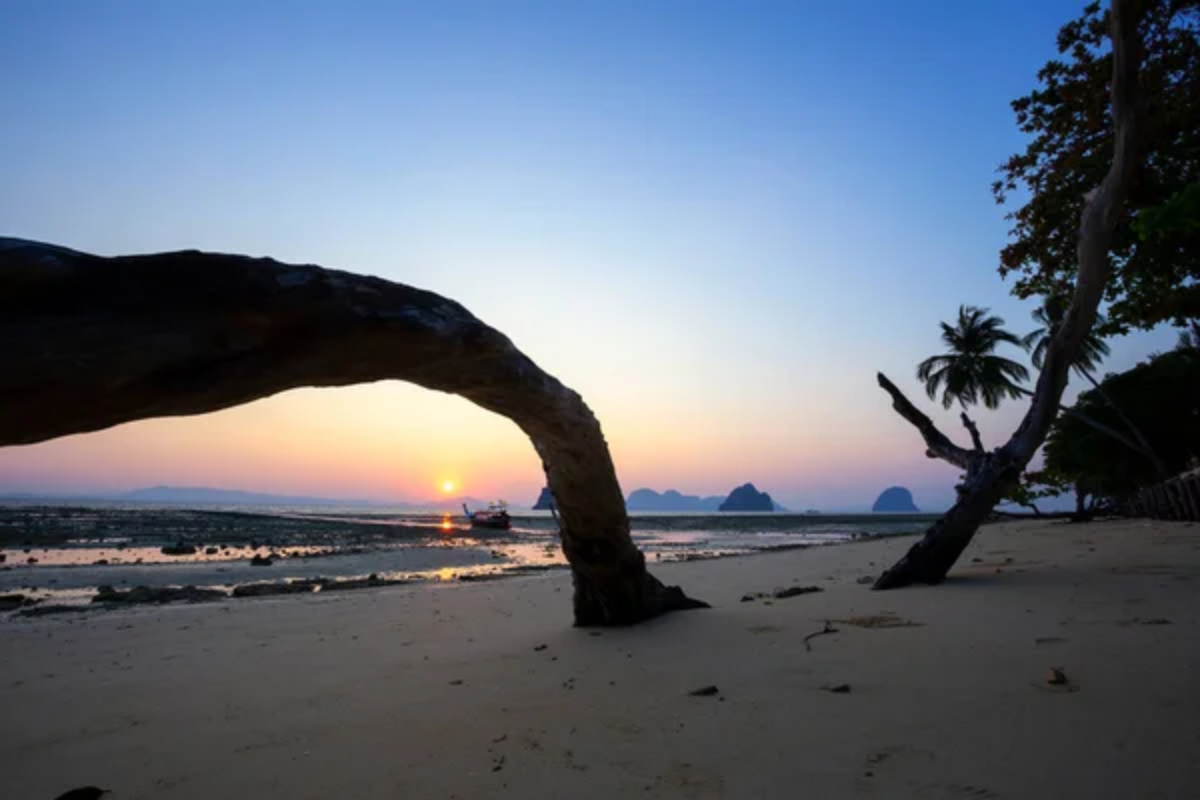
These sea nomads of Thailand’s Andaman coast live on traditional wooden boats, reading the ocean’s patterns as easily as we read traffic signs. Their children learn to swim before they can walk and can see clearly underwater, a skill developed over generations of diving for food.
The community’s knowledge of sea currents and marine life helped them predict and survive the 2004 tsunami. Their oral history contains detailed maps of underwater topography, memorized and passed down through songs.
Like Travel Pug’s content? Follow us on MSN.
Yakel
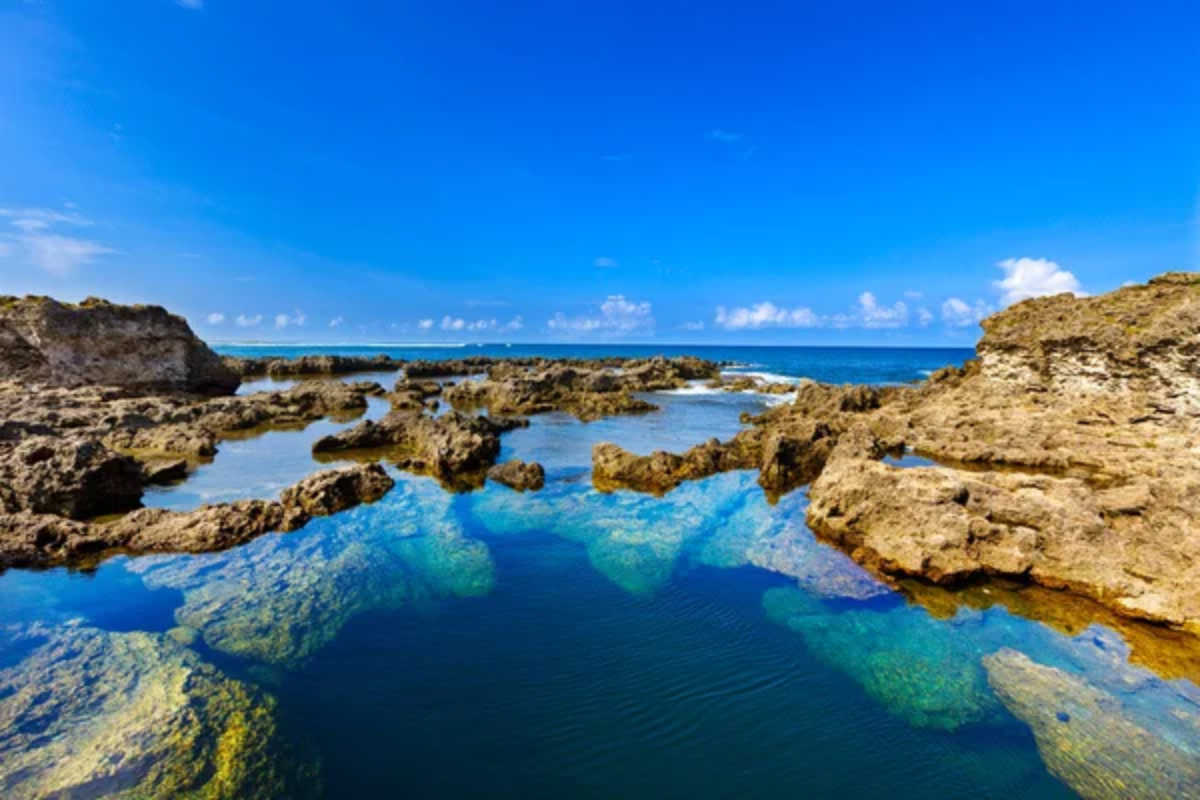
On Tanna Island in Vanuatu, this village deliberately rejects modern technology to maintain its traditional kastom way of life. The community believes their ancestor spirits still actively participate in daily life, guiding decisions and protecting the village.
Their homes are built entirely from forest materials, using techniques that have survived centuries of tropical storms. The village’s location near an active volcano has created a rich mythology that guides their understanding of natural phenomena.
Khonoma
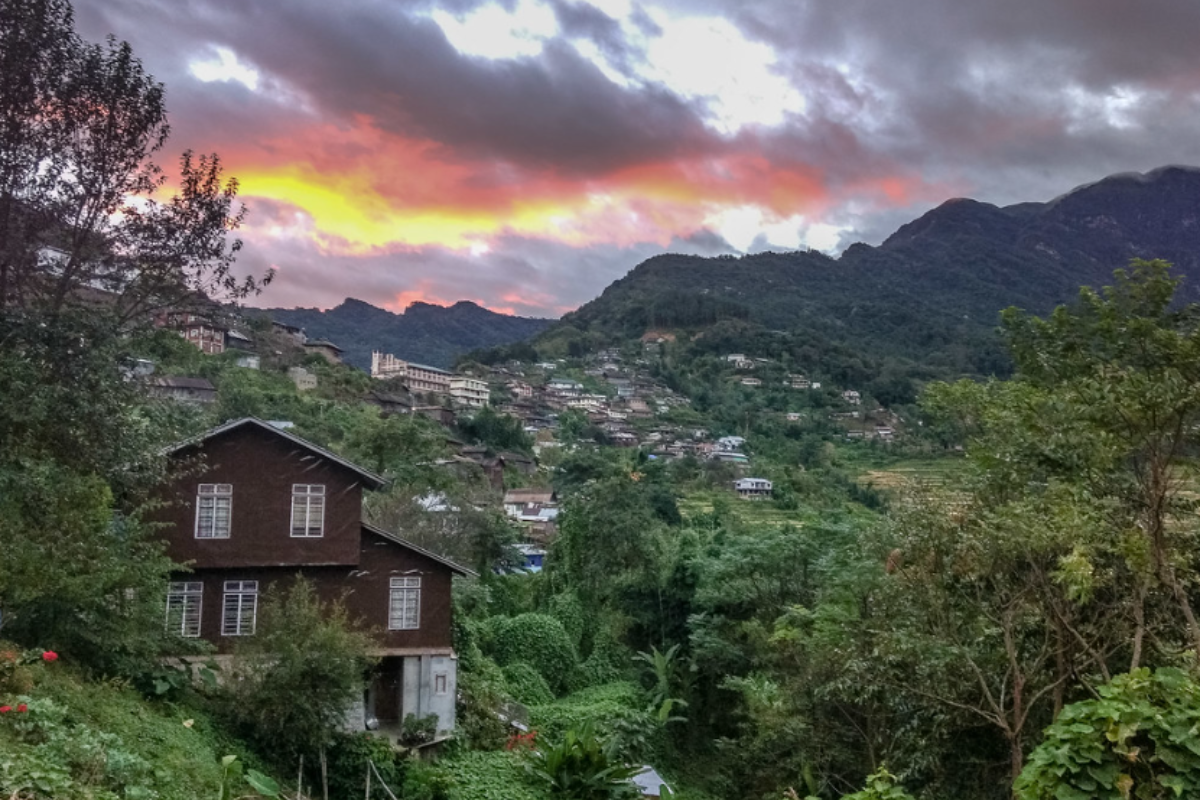
This village in India’s Nagaland state maintains strict forest conservation practices that predate modern environmental movements by centuries. The community has developed a unique system of terraced agriculture that turns steep mountainsides into productive farms.
Their traditional knowledge includes over 250 bird species, each with specific cultural significance. The village council still meets under an ancient tree, making decisions through consensus rather than voting.
Chimborazo Shepherds
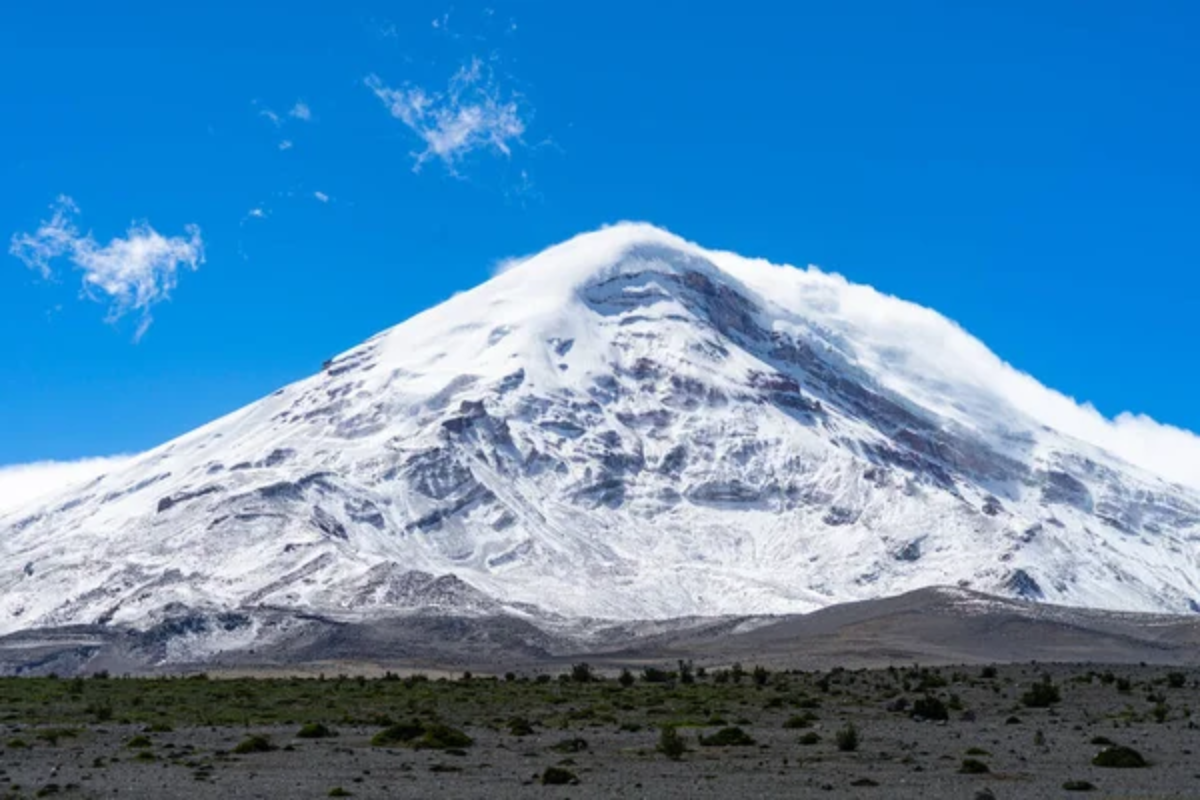
Living at elevations above 13,000 feet on Ecuador’s highest mountain, these indigenous herders maintain ancient practices of llama and alpaca husbandry. Their traditional calendar divides the year into micro-seasons based on subtle environmental changes.
The community’s textile patterns contain complex astronomical observations passed down through generations. Their knowledge of high-altitude plants includes remedies for altitude sickness that modern science is just beginning to understand.
Like Travel Pug’s content? Follow us on MSN.
Katutau
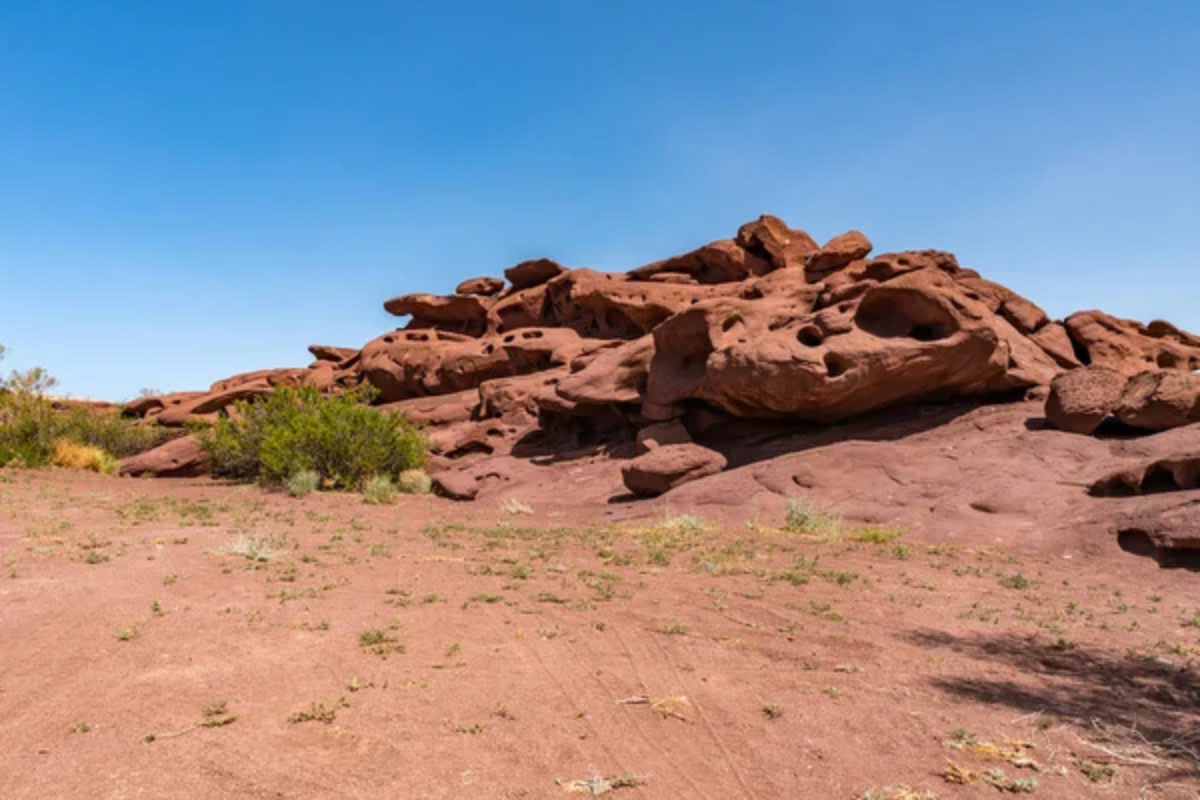
Hidden in Kazakhstan’s Tian Shan mountains, this village maintains ancient traditions of eagle hunting and horse breeding. The community’s knowledge of weather patterns is so precise they can predict storms days in advance by observing animal behavior.
Their traditional music contains maps of safe mountain passages encoded in melody and rhythm. The village’s location along ancient Silk Road routes has preserved stories of travelers from centuries past.
Wayuu Settlement
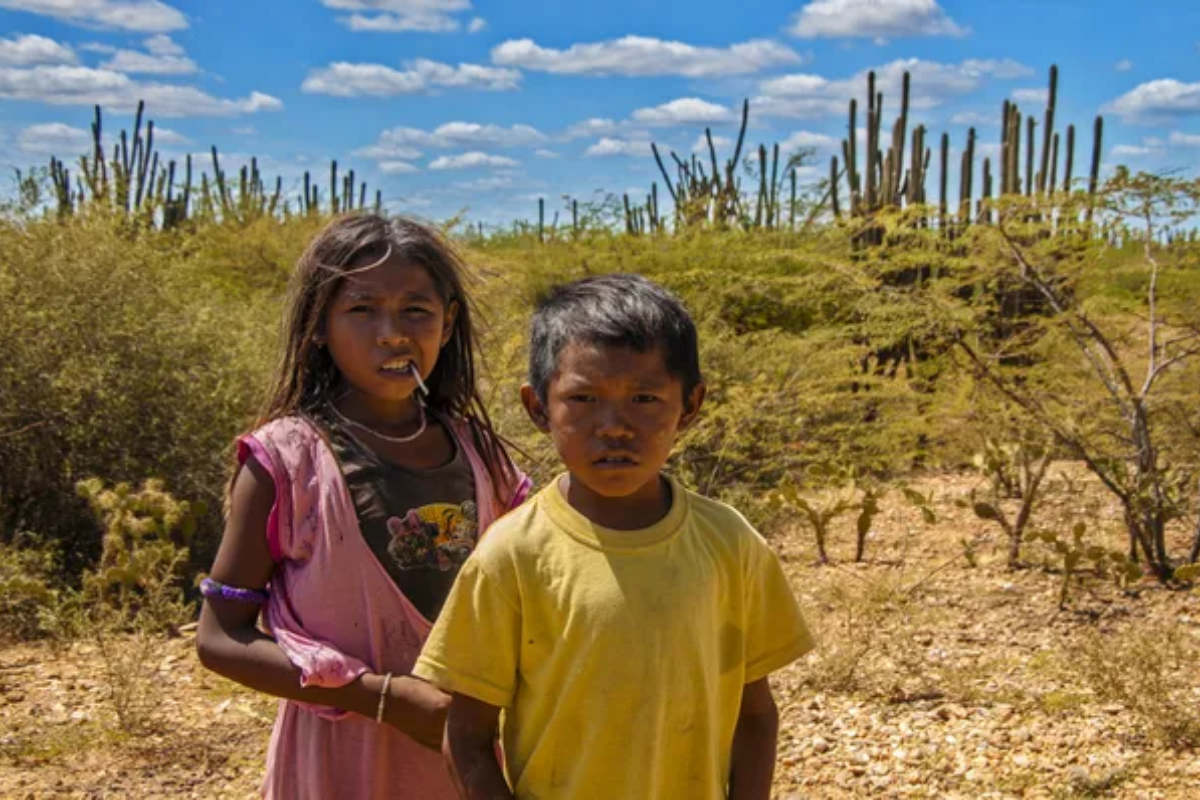
In Colombia’s Guajira Desert, this indigenous community has adapted to one of South America’s driest regions through ancient water management techniques. The village maintains a complex system of reciprocal obligations that ensures community survival during droughts.
Their traditional crafts contain symbolic messages that serve as a written language. The community’s conflict resolution system has been studied by international mediators for its effectiveness.
Baduy Village
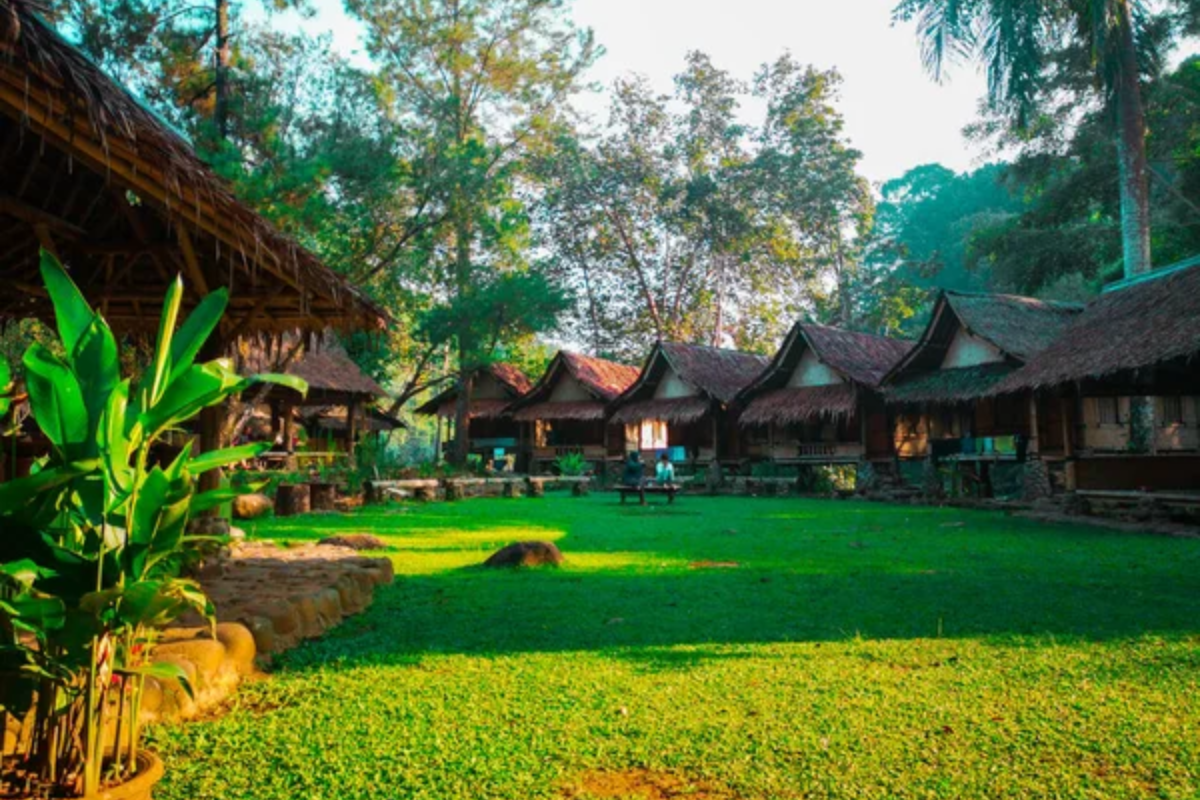
Deep in Indonesia’s Java forests, this community voluntarily isolates itself to maintain spiritual purity according to ancient beliefs. The villagers weave their own cloth, grow their own food, and build their homes using only traditional materials and methods.
Their calendar system tracks subtle environmental changes that modern meteorology is just beginning to understand. The community’s strict rules about resource use have preserved one of Java’s last primary forests.
Like Travel Pug’s content? Follow us on MSN.
Living Beyond the Digital Age
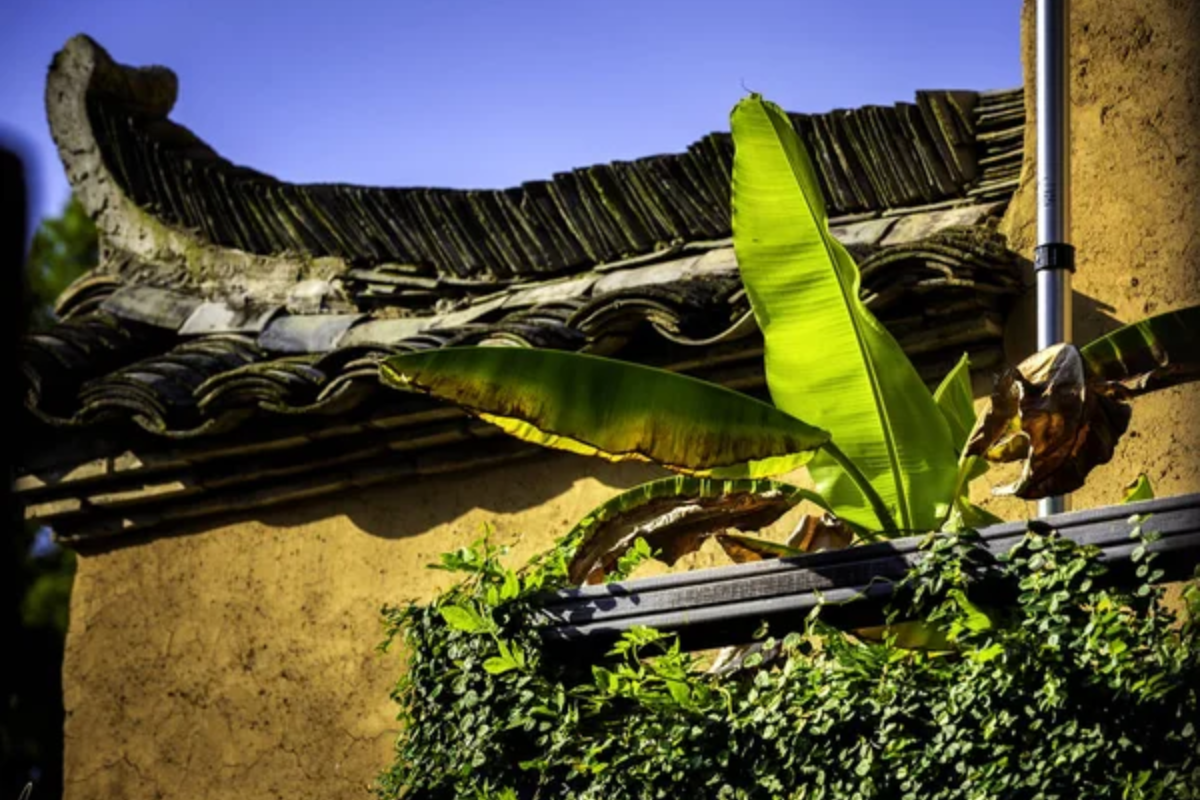
These communities remind us that human ingenuity and connection flourish even without modern technology. Their isolation isn’t a mark of being left behind – it’s often a conscious choice to preserve knowledge and ways of life that took centuries to develop.
More from Travel Pug

- 15 Dangerous European Cities to Avoid
- 15 Caribbean Islands Where Tourists Keep Getting Scammed
- The 20 Most Fascinating Abandoned Places: A Journey Through Time and Forgotten Spaces
- 15 Hidden Places in the Smithsonian Museums Locals Love: A Guide to Lesser-Known Treasures
- 16 Hidden Florida Beach Towns That Aren’t Overrun with Tourists
Like Travel Pug’s content? Follow us on MSN.
